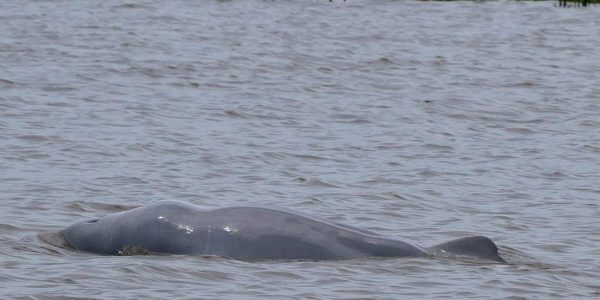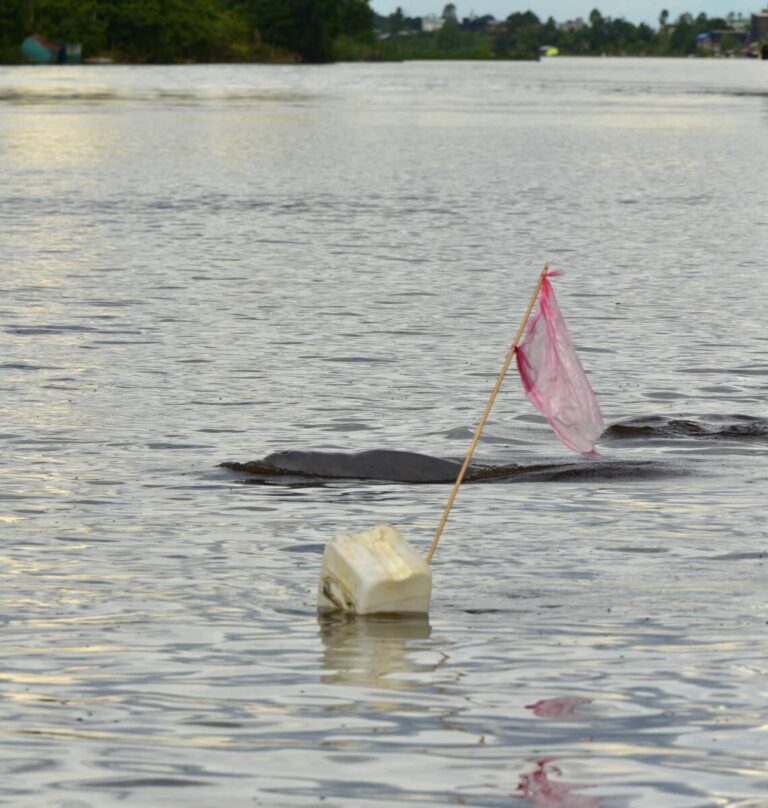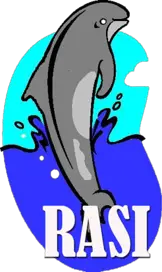Mahakam River dolphin surveys
RASI has collected population distribution and abundance data over 20 years of the critically endangered Irrawaddy dolphins in the Mahakam, locally referred to as Pesut Mahakam, as well as built up a photo-id catalogue of each individual dolphin! The results showed that changes in their distribution occurred in time with a significant decline of dolphins in Kutai Barat District, where now dolphins are only found at low water levels, whereas between 80 and 98% of the entire population is concentrated in Kutai Kartanegara at all water levels. The decline in Kutai Barat is due to the conversion of an important peat swamp area for palm oil plantations in the tributary Kedang Pahu, causing a loss of fish spawning areas and dwindling fish resources in the confluence of Muara Pahu, once an important core area of Pesut. Pesut is a protected species in Indonesia and mascot of Kalimantan Timur Province.


Photo-identification studies of dolphins’ uniquely shaped dorsal fins, besides estimating abundance, also provides us with vital information on social structures and site fidelity. For example grandma or ‘nenek’ Fiona who has been with us since the studies started in 1999 is the most dominant female and most loyal resident of Pela River, a small tributary that connects Semayang Lake with the Mahakam. Her conspicuous humpbacked appearance makes it easy to recognize her. We also found strong bonds among individuals that will always appear in near contact with each other.. We learned from Musmus and offspring Rexy that calves remain for long periods of time with their mother (born in July 2017, Rexy stayed side by side to his mom for nearly four years. Sadly, Musmus tragically died after eating poisoned shrimp in November 2021 and gave birth just before she died while the calf also died straight after birth.
The dolphin population was estimated at 76 (67-68) individuals in 2023 while birth rates are between 4 and 7 calves yearly, with mean mortality rates of 4 dolphins per year. Because 70% of known mortality is caused by gillnet entanglement, studies were undertaken to test the efficacy of specifically designed (less loud) acoustic pingers to deter dolphins from gillnets but not exclude them from their feeding areas (read more in pinger distribution) As a result of increased awareness and large-scale pinger distribution, death from by-catch reduced significantly in recent years.


Find more information about Pesut and survey reports in our publications and fact sheets
Want to contribute to fund our research, Please click Donate
